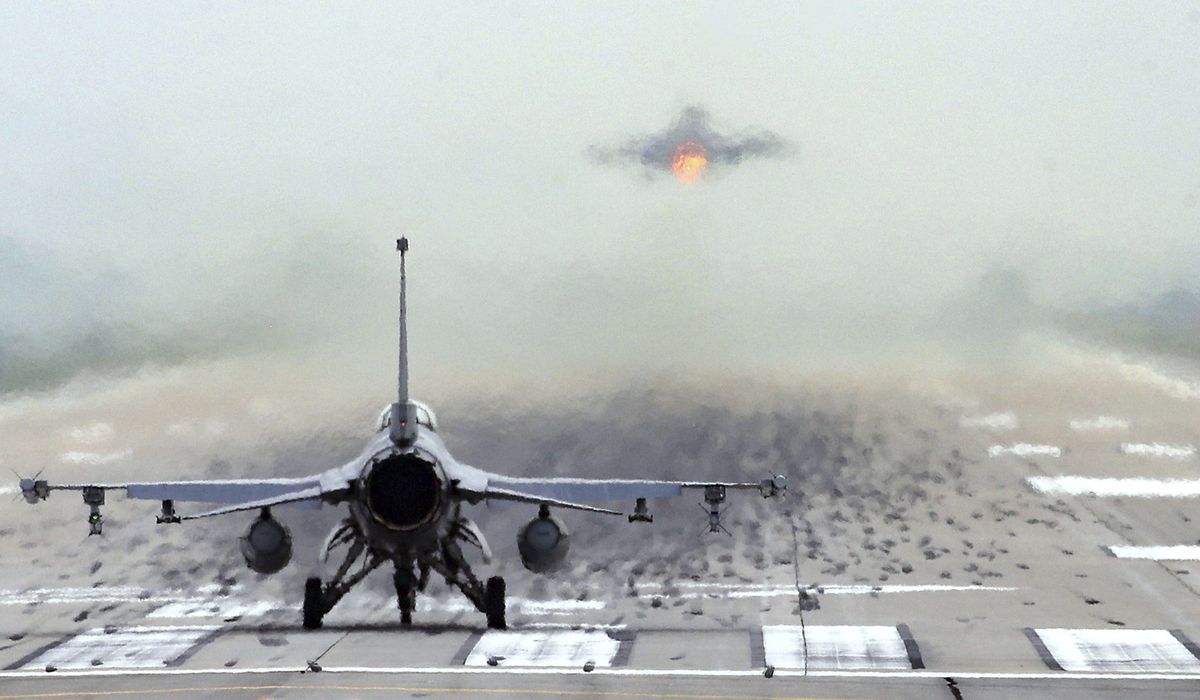- Reaction score
- 36
- Points
- 560
A very illuminating article from a European Perspective:
https://ecfr.eu/article/military-lessons-from-nagorno-karabakh-reason-for-europe-to-worry/
Full article at the link.
The final piece is extremely relevant for us as well -we have none of these things and have not really expressed any urgency in gaining these capabilities either. Like Armenia, our forces are professional and well trained, but not trained at all for this form of warfare, nor do we have the equipment to either fight or protect ourselves in that form of warfare. Considering we have troops in Latvia and other places where these capabilites exist, this is a very serious shortcoming.
https://ecfr.eu/article/military-lessons-from-nagorno-karabakh-reason-for-europe-to-worry/
Military lessons from Nagorno-Karabakh: Reason for Europe to worry
The 2020 Nagorno-Karabakh war holds important lessons for European defence. European governments should study it urgently.
@GresselGustav on Twitter
Senior Policy Fellow
Commentary 24 November 2020
In the last decade, it was no secret that Azerbaijan was steadily building up its armed forces. But, despite this, few experts predicted this month%u2019s clear-cut military victory by Azerbaijan over Armenia. Much of this victory is credited to the technical and financial side of the war: Azerbaijan was able to afford more and it had Turkish and Israeli technology that was simply better than what Armenia had to draw on. But the lessons of the 2020 Nagorno-Karabakh war go deeper and are more complex than just questions of technology. And they hold distinct lessons for how well Europe can defend itself.
LESSON 1: STRATEGY AND POLITICS MATTER
The course of every war is influenced by the specific political circumstances that trigger it %u2013 and this war was no exception. Azerbaijan and Turkey were confident in the success of their offensive action, as Russia had from the onset of the war indicated that it had no intention of assisting the Armenians outside of their recognised borders. Russia also saw Azeri military pressure as a tool to weaken the Armenian prime minister, Nikol Pashinyan, who headed the 2018 revolution that removed the old regime. Azeri action would, moreover, be likely to lead Armenia accept previously negotiated %u201Cpeace plans%u201D that would strengthen Moscow%u2019s geopolitical position. This adverse political situation directly translated into military disadvantages on the battlefield for the Armenians.
snip
LESSON 2: COMPUTERS AND NETWORKS MATTER
Like in Syria and Libya, Russian air-defence systems proved to be ineffective against small and slow drones. This has inspired a debate in the West about whether Russian air-defence systems are generally overrated. But this verdict would be premature.
snip
LESSON 3: FIGHT %u2018AROUND%u2019 THE ENEMY%u2019S STRENGTH
Before the war, on a tactical level the Armenian army was superior: it had better officers, more motivated soldiers, and a more agile leadership. In all previous wars with Azerbaijan, this proved to be decisive. But Azerbaijan found a way to work around it. This is where the drones came in: they allowed the Azeris to reconnoitre first the Armenian position and then the placement of reserves. Armenian positions then could be extensively shelled with conventional artillery, weakening their defences. Drones then guided the onslaught towards the Armenian reserves, bringing in artillery, multiple-rocket systems with cluster munitions, their own missiles, or using Israeli-made LORA ballistic missiles to destroy bridges or roads linking the reserves with the front. Once the Armenian side was incapable of sending reserves into battle, the Azeri army could move in any number it wished to overwhelm the isolated Armenian positions. This procedure was repeated day after day, chipping one Armenian position away each day and resupplying artillery during the night.
snip
Europe should look carefully at the military lessons of this conflict, and not dismiss it as a minor war between poor countries. Since the cold war, most European armies have phased out gun-based self-propelled air-defence systems. Man-portable air-defence systems (MANPADS) like the Stinger and Igla %u2013 the primary short-range air-defence systems in Europe %u2013 have little chance of acquiring such small targets like loitering munitions or small drones invisible to the operator. In the recent Nagorno-Karabakh war more MANPADS were destroyed by drones than they could shoot down drones themselves. No European army has a high-resolution sensor-fusion- or plot-fusion-capable armoured air-defence system to protect its own armour. Only France and Germany have (short range) anti-drone jammers and base-protection assets. Most of the EU%u2019s armies %u2013 especially those of small and medium-sized member states %u2013 would do as miserably as the Armenian army in a modern kinetic war. That should make them think %u2013 and worry.
Full article at the link.
The final piece is extremely relevant for us as well -we have none of these things and have not really expressed any urgency in gaining these capabilities either. Like Armenia, our forces are professional and well trained, but not trained at all for this form of warfare, nor do we have the equipment to either fight or protect ourselves in that form of warfare. Considering we have troops in Latvia and other places where these capabilites exist, this is a very serious shortcoming.



